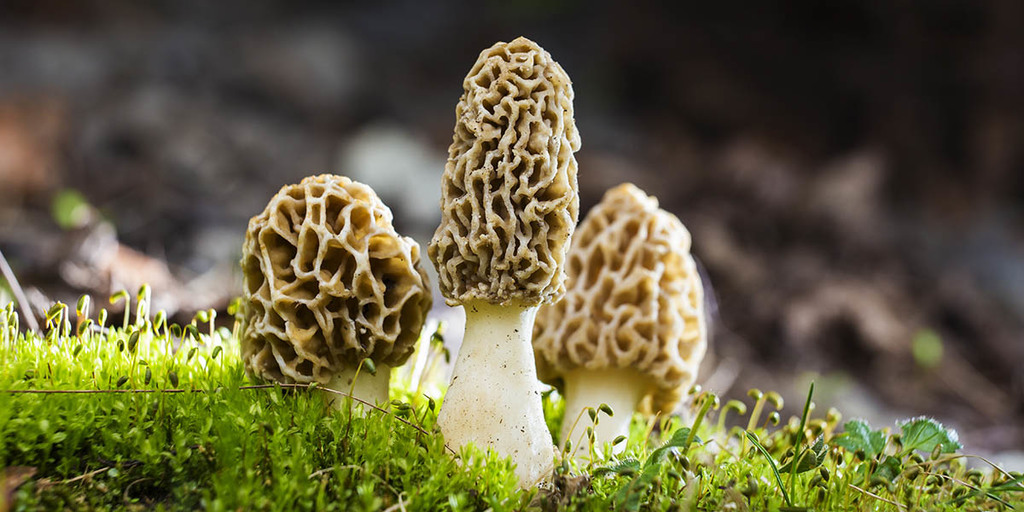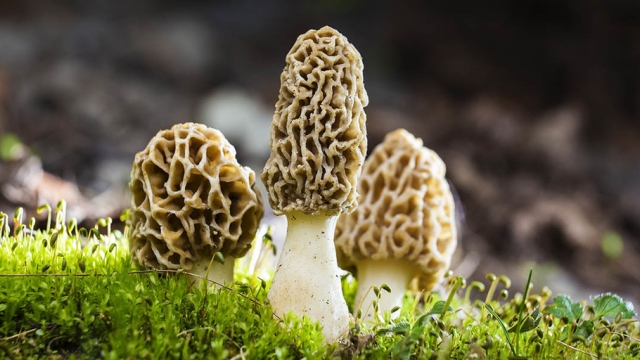
Have you ever been intrigued by the fascinating world of fungi? Mushroom growing offers a captivating and rewarding adventure that allows you to unleash your inner mycologist. By cultivating your own mushrooms, you not only connect with nature but also gain a deeper understanding of the magic that mushrooms bring to our lives. Whether you're a curious beginner or a seasoned gardener looking to expand your horizons, mushroom growing is an activity that offers endless possibilities and delights for all. So, let's dive into the enchanting realm of mushroom cultivation and discover the wonders that await us beneath the soil. Let's get our hands dirty and embark on this exciting journey!
Choosing the Right Mushroom Species
When it comes to mushroom growing, selecting the right species is essential for a successful harvest. Different mushrooms have distinct growth requirements and produce unique flavors and textures. Here, we will explore three popular mushroom species that are suitable for cultivation.
Button mushrooms, scientifically known as Agaricus bisporus, are a great choice for beginners. These mushrooms are widely available and can be cultivated indoors or outdoors. With a mild taste and a firm texture, they are incredibly versatile in various culinary dishes.
Oyster mushrooms, scientifically known as Pleurotus ostreatus, are another popular option. These mushrooms are known for their delicate appearance and delightful aroma. Oyster mushrooms thrive in a controlled environment with high humidity, making them ideal for indoor cultivation.
If you want to explore more exotic flavors, shiitake mushrooms (Lentinula edodes) are an excellent choice. Originating from East Asia, shiitake mushrooms have a rich, earthy flavor that adds depth to any dish. They require specific growing conditions, such as a substrate made of hardwood logs or sawdust.
Remember, each mushroom species has specific requirements regarding temperature, humidity, and substrate. Before starting your mushroom-growing adventure, make sure to research and understand the needs of your chosen species. With the right knowledge and care, you can unleash your inner mycologist and enjoy a bountiful harvest of delicious, homegrown mushrooms.
Preparing the Growing Environment
Growing your own mushrooms can be a rewarding and fascinating experience. To ensure successful mushroom cultivation, it is crucial to create the right environment for these fascinating fungi to thrive.
1. Selection of Substrate: The first step in preparing the growing environment is to carefully choose the substrate for your mushrooms. Substrate refers to the material on which the mushrooms will grow. Popular options include straw, wood chips, or composted soil. Each type of mushroom may have specific substrate requirements, so make sure to do your research and select the most suitable option.
Grow Mushrooms
2. Sterilization or Pasteurization: Once you have chosen the substrate, it is essential to properly sterilize or pasteurize it. This step is crucial to eliminate any competing organisms that could hinder mushroom growth. Sterilization involves subjecting the substrate to high temperatures, while pasteurization involves heating it to a lower temperature for a longer period. Depending on the type of substrate, you can choose the method that best suits your needs.
3. Controlling Temperature and Humidity: After preparing the substrate, maintaining the right temperature and humidity levels becomes paramount for successful mushroom cultivation. Different species of mushrooms have different requirements, but most fall within the range of 60-75°F (15-24°C) and 80-90% humidity. Using a thermometer and hygrometer can help you monitor and adjust these parameters accordingly.
By following these steps, you will have created an optimal growing environment for your mushrooms. Remember to always follow proper safety procedures during the handling and preparation process. In the next section, we will discuss the crucial step of inoculating the substrate with mushroom spawn, bringing us one step closer to witnessing the magical growth of our beloved fungi.
Cultivating Your Own Mushrooms
Growing your own mushrooms can be a rewarding and fascinating hobby. Whether you are a seasoned mycologist or a beginner, cultivating mushrooms at home is a fulfilling and enriching experience.
To start your mushroom-growing journey, you will need to gather the necessary supplies and choose the type of mushrooms you want to cultivate. Different mushrooms have different requirements, so it is important to do some research before making your selection. You can find mushroom growing kits or opt for a more hands-on approach by obtaining spawn and creating your own growing medium.
Once you have everything you need, it's time to set up the ideal environment for your mushrooms to thrive. Mushrooms typically require a moist and dark environment with controlled temperature and humidity levels. Depending on the type of mushrooms you are growing, you may need to create a fruiting chamber or utilize other methods to ensure optimal growing conditions.
Finally, the most crucial aspect of mushroom cultivation is patience. Growing mushrooms is a process that requires time and attentiveness. Regularly check the moisture levels, monitor the temperature, and watch for any signs of contamination. With dedication and care, you will soon see your efforts rewarded as tiny pinheads emerge and transform into beautiful, fully-grown mushrooms.
Remember, mushroom cultivation is not only a fun hobby but also a sustainable and delicious way to enjoy these fascinating fungi. So, grab your gardening gloves and embark on your mushroom-growing adventure today!

